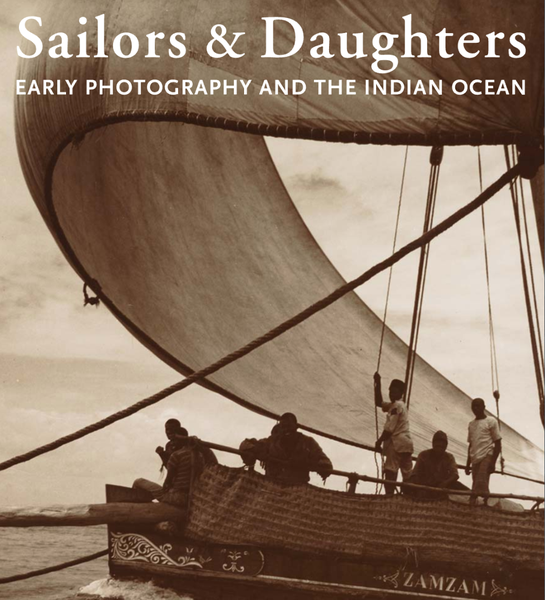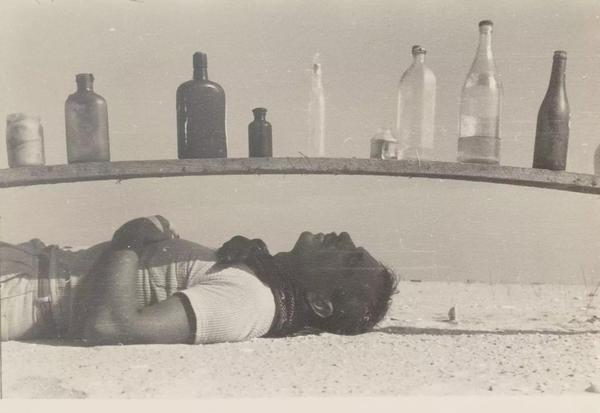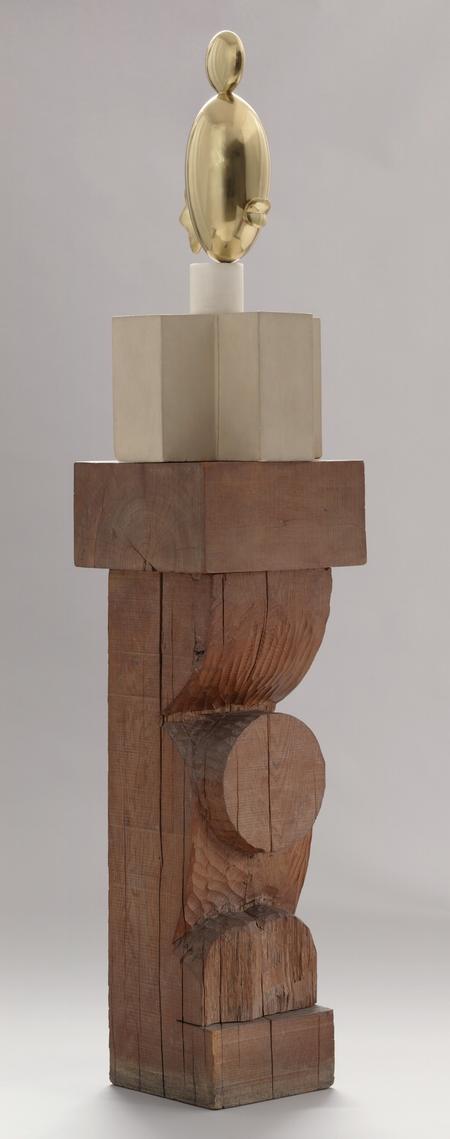
Review: Sailors and Daughters: Early Photography and the Indian Ocean
“Sailors and Daughters: Early Photography and the Indian Ocean” is an online exhibition created by the Smithsonian’s National Museum of African art.
(she/her)
I am an art lover, dog enthusiast, and graduate student at Hunter College studying Art History with a concentration in curatorial studies.
I live with my two dogs and have a constant craving for a good cup of coffee.
Here, you will find a selection of writing, ranging from formal analysis, to personal gallery reviews, to entries for creative writing competitions.




